Animals Around Us - CBSE Worksheets- 2 Solutions
| Table of contents |

|
| Fill in the Blanks |

|
| Crossword Puzzle |

|
| TRUE or FALSE |

|
| Give two Examples of each. |

|
| Answer the Following Questions. |

|
Fill in the Blanks
(Pick the correct word from the options in brackets)(i) Mammals feed their ________ with milk.
(Options: [a] babies [b] eggs [c] seeds)
Ans: Babies
Mammals feed their babies with milk.
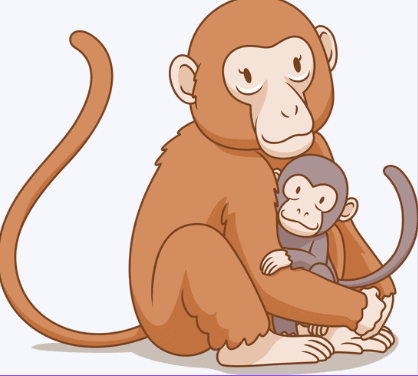
(ii) ________ help birds to fly.
(Options: [a] wings [b] legs [c] fins)
Ans: Wings
Wings help birds to fly.
(iii) Reptiles __________ on the ground.
(Options: [a] crawl [b] fly [c] swim)
Ans: Crawl
Reptiles crawl on the ground.
(iv) Insects have ________ legs.
(Options: [a] four [b] six [c] eight)
Ans: Six
Insects have six legs.
(v) Animals that give birth to their child are called ________.
(Options: [a] mammals [b] birds [c] fish)
Ans: Mammals
Animals that give birth to their young ones and feed them with milk are called mammals.
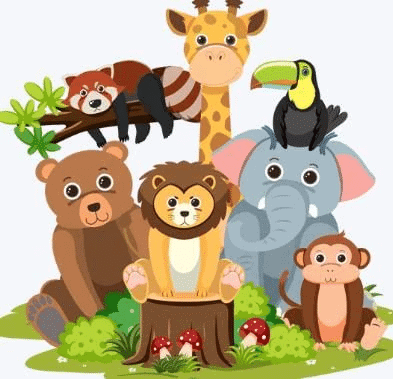
Crossword Puzzle
(Fill in the boxes using the clues given below to complete the crossword.)
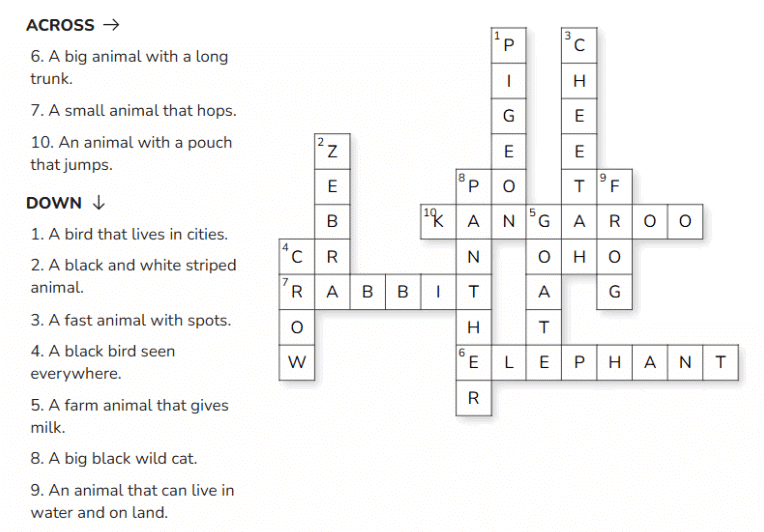
TRUE or FALSE
(Write TRUE or FALSE for given statements)
(i) Domestic animal are useless.
Ans: False. Domestic animals are very useful to humans.
(ii) Lion is a domestic animal.
Ans: False. Lions are wild animals, not domestic animals.
(iii) Peacock is an insect.
Ans: False. Peacock is a bird, not an insect.
(iv) Insects have four legs.
Ans: False. Insects have six legs, not four.
(v) Snake is a reptile.
Ans: True. Snakes are reptiles.
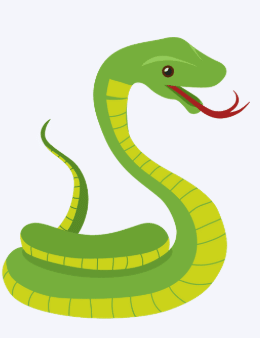
Give two Examples of each.
(i) Animals that live on land.
Ans: Elephant and deer
(ii) Animals that live in water.
Ans: Fish and frog
(iii) Animals that live both on land and in water.
Ans: Frog and tortoise
(iv) Animals that live on trees.
Ans: Monkey and squirrel
(v) Birds that cannot fly.
Ans: Ostrich and penguin
(vi) Insects that can fly.
Ans: Butterfly and housefly
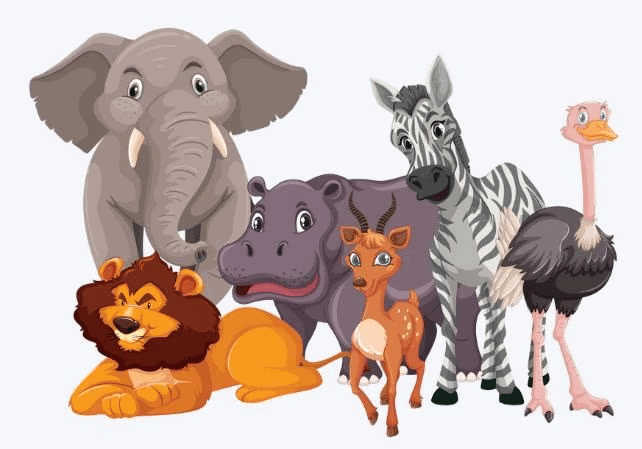
Answer the Following Questions.
(i) What is the difference between pet animals and domestic animals?Ans:
Pet animals
- Pet animals are kept just for fun.
- Cat and dog are pet animals.
Domestic animals
- Domestic animals are very useful to us.
- Cow and goat are domestic animals.
(ii) What are birds?
Ans: Birds are the animals that can fly. Their wings help them to fly. They have two legs and two wings. They have a beak. Some birds are sparrow and pigeon.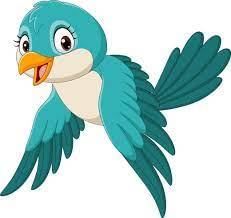
(iii) How many legs an insect have?
Ans: Insects have six legs.
(iv) What is the different between amphibians and reptiles?
Ans:
Amphibians
- The animals that can live both in water and on land are called amphibians.
- Frog and turtle are amphibians.
Reptiles
- The animals that crawl along with the ground are called reptiles.
- Lizard, and snake are replies.
(v) What are mammals?
Ans: Mammals give birth to their babies and feed them with their own milk.
Monkey and human being are mammals.
|
33 videos|215 docs|44 tests
|
FAQs on Animals Around Us - CBSE Worksheets- 2 Solutions
| 1. What are some common animals that we can find around us? |  |
| 2. How can we identify different types of birds? |  |
| 3. What are some ways in which animals help us? |  |
| 4. How can we protect and conserve animal habitats? |  |
| 5. What are some endangered animals and why are they endangered? |  |















